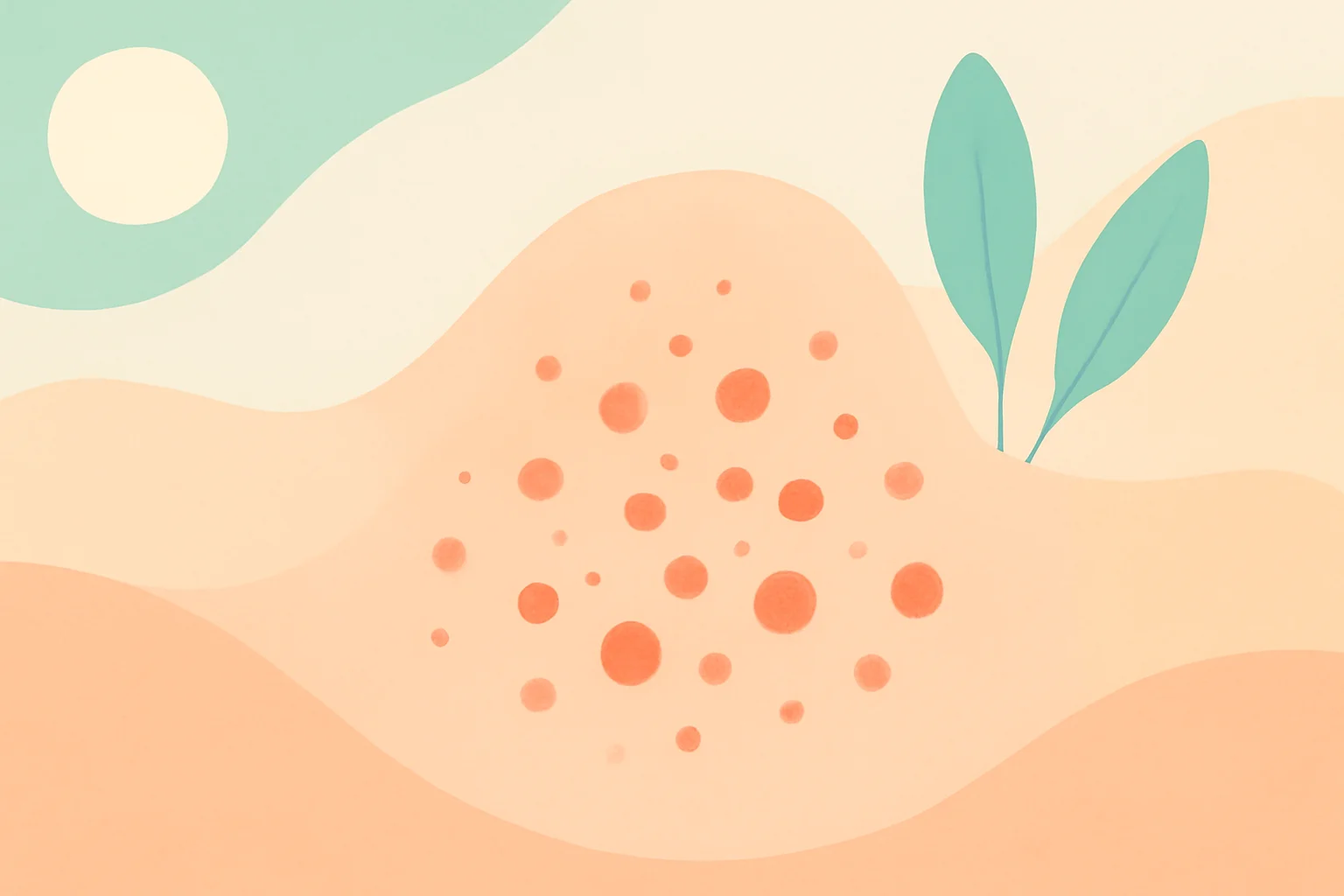
Causes and Treatment Options for Rashes and Hives
A rashes and hives are common skin problems that can make life difficult for many people. These phenomena can arise from various causes, and while they are often harmless, their appearance can always be a cause for concern. The skin is the largest organ of the human body and responds sensitively to environmental factors, allergens, stress, and various diseases. The appearance of rashes and hives is often the body’s response to some form of irritation or allergic reaction.
Rashes typically present as red, itchy spots that can vary in size and shape. These rashes can stem from a variety of causes, including infections, allergic reactions, medication use, or even stress. Hives, also known as urticaria, are particularly uncomfortable as they cause sudden, itchy, raised spots on the skin that can appear and disappear rapidly. Understanding the differences and similarities between these two phenomena can help in choosing the appropriate treatment and maintaining skin health.
Types and Causes of Rashes
Rashes encompass a wide spectrum and can arise from many different causes. The most common types of rashes include eczema, psoriasis, contact dermatitis, and acne. Eczema, or atopic dermatitis, is a chronic skin condition characterized by itching, redness, and dry skin. It often occurs in children but can also appear in adults and is generally associated with allergic reactions.
Psoriasis is an autoimmune disease that leads to excessive growth of skin cells, forming thick, scaly patches on the skin. Contact dermatitis is a response to skin irritation or an allergic reaction, which can cause redness, itching, and swelling. Acne, although more characteristic of adolescence, can also occur in adulthood and is associated with the overactivity of sebaceous glands and clogged pores.
The causes of rashes can vary widely: allergic reactions, infections, stress, hormonal changes, and certain medications. Allergic reactions are among the most common causes, often triggered by foods, medications, or environmental allergens such as pollen or dust. Infections, such as chickenpox, measles, or roseola, can also cause rashes, while stress and hormonal changes can exacerbate existing skin problems.
Hives: Causes and Symptoms
Hives, also known as urticaria, are a sudden skin rash that typically presents as itchy, red, raised spots. The causes of hives can be diverse, and it is often difficult to pinpoint them precisely. Allergic reactions, stress, medications, infections, and physical stimuli can all contribute to the development of hives.
Allergic reactions are among the most common triggers. Foods such as nuts, eggs, or dairy products, as well as certain medications like antibiotics, can often cause hives. Physical stimuli such as temperature changes, sunlight, or friction can also trigger hives.
Symptoms usually appear quickly, and the spots may disappear within a few hours, but new spots can also develop. The itching associated with hives can be extremely uncomfortable and can cause skin irritation in many cases. The acute form of hives typically lasts from a few hours to a few weeks, while chronic hives can persist for months or even years.
The diagnosis of hives is generally based on the examination of the skin and consideration of medical history. Treatment options include antihistamines, which can help reduce itching and inflammation, as well as corticosteroids in more severe cases. It is important to identify the cause of hives as soon as possible, as avoiding triggers can help alleviate symptoms.
Rashes and Hives: Differences and Similarities
While the appearance of rashes and hives may show similarities, it is important to understand the differences between them. Rashes generally encompass a broader spectrum and are associated with various skin diseases, infections, or irritations. In contrast, hives represent a more specific condition that arises suddenly and is often linked to allergic reactions.
Rashes typically last longer, whereas hives usually appear suddenly and disappear quickly. The onset of rashes is often gradual, and the severity of symptoms can vary. Hives, on the other hand, appear suddenly in the form of raised spots, and the intensity of itching can be very strong.
From a diagnostic perspective, the causes of rashes cover a wide range, while allergic reactions and physical stimuli are the most common causes of hives. Treatment options may also differ: while the treatment for rashes varies depending on the underlying cause, antihistamines or corticosteroids are generally effective for hives.
In addition to medical treatment, skincare also plays an important role in preventing rashes and hives. Hydrating the skin, establishing proper skincare habits, and avoiding allergens can all contribute to maintaining skin health.
In some cases, ignoring rashes and hives can lead to more serious health problems, so it is important to consult a doctor for any skin issues.
**Warning:** This article does not constitute medical advice. Always consult a doctor for health issues!

